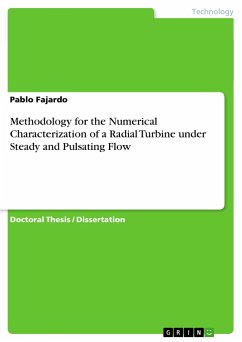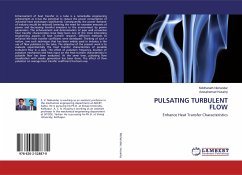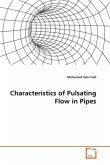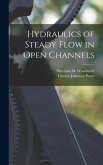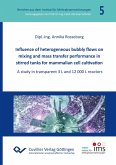Doctoral Thesis / Dissertation from the year 2012 in the subject Engineering - Mechanical Engineering, Universidad Politécnica de Valencia (Departamento de M´aquinas y Motores T´ermicos), language: English, abstract: The increasing use of turbochargers is leading to an outstanding research tounderstand the internal flow in turbomachines. In this frame, computationalfluid dynamics (CFD) is one of the tools that can be applied to contributeto the analysis of the fluid-dynamic processes occurring in a turbine. Theobjective of this thesis is the development of a methodology for performingsimulations of radial turbomachinery optimizing the available computationalresources. This methodology is used for the characterization of a vaned-nozzleturbine under steady and pulsating flow conditions.An important effort has been devoted in adjusting the case configurationto maximize the accuracy achievable with a certain computational cost. Concerningthe cell size, a local mesh independence analysis is proposed as aprocedure to optimize the distribution of cells in the domain, thus allowing touse a finer mesh in the most suitable places. Particularly important in turbomachinerysimulations is the influence of the approach for simulating rotormotion. In this thesis two models have been compared: multiple referenceframe and sliding mesh. The differences obtained using both methods werefound to be significant in off-design regions. Steady flow CFD results havebeen validated against global measurements taken on a gas-stand.The modeling of a turbine, installed either on a turbocharger test rig oran engine, requires the calculation of the flow in the ducts composing thesystem. Those ducts could be simulated assuming a one-dimensional (1D)approximation, and thus reducing the computational cost. In this frame ofideas, two CFD boundary conditions have been developed. The first one allowsperforming coupled 1D-3D simulations, communicating the flow variables fromeach domain through the boundary. The second boundary condition is basedin a new formulation for a stand-alone anechoic end, which intends to representthe flow behavior of an infinite duct.Finally, the turbine was simulated under engine-like pulsating conditions.The pulsating effects are analyzed separately in the different components ofthe turbine and are compared with the results obtained in equivalent steadysimulations, in order to evaluate their quasi-steadiness. The information fromthe computations is used to describe the unsteady flow in the turbine components,and thus, contribute to engine modeling by the implementation of anew turbine model for its use in 1D codes.
Hinweis: Dieser Artikel kann nur an eine deutsche Lieferadresse ausgeliefert werden.
Hinweis: Dieser Artikel kann nur an eine deutsche Lieferadresse ausgeliefert werden.

